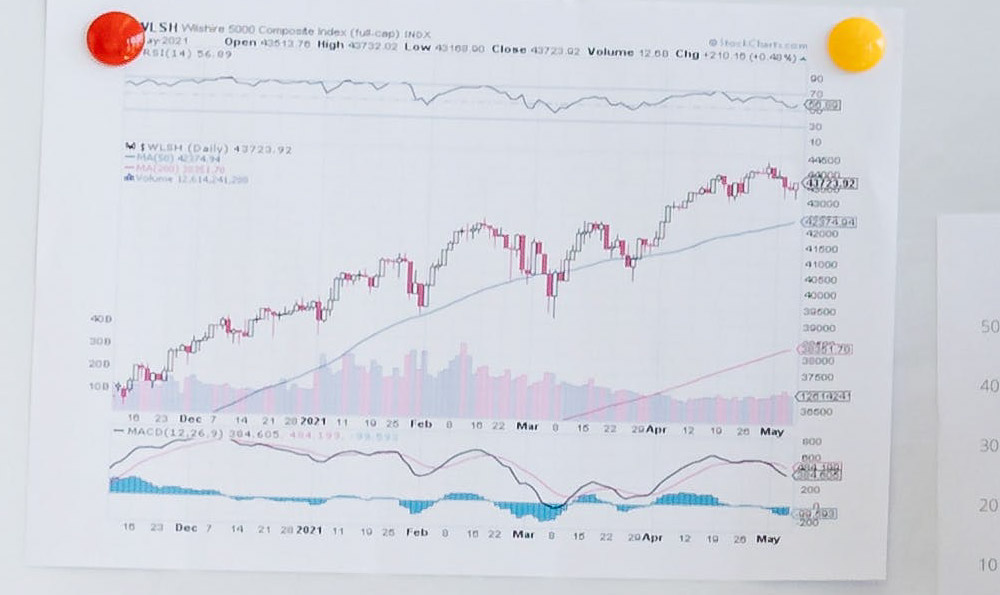Where Do I Begin & What Investments Should I Consider?

Okay, I understand. Here’s an article addressing the question of where to begin and what investments to consider, targeting someone new to the world of investing, while refraining from direct financial advice and complying with ethical considerations.
Navigating the vast landscape of investing can feel daunting. The sheer volume of information, coupled with the inherent risk, often paralyzes potential investors before they even take the first step. But fear not, for a thoughtful and methodical approach can transform the overwhelming into the manageable. The journey starts not with picking stocks or funds, but with understanding yourself and your financial position.
Before diving into specific investment options, a critical self-assessment is paramount. This involves a thorough examination of your current financial situation. Start by calculating your net worth. This is simply the difference between your assets (what you own, like savings, real estate, and investments) and your liabilities (what you owe, like loans, credit card debt, and mortgages). This provides a snapshot of your overall financial health.

Next, meticulously track your income and expenses. Understanding where your money is going each month is crucial. Are there areas where you can cut back on spending to free up capital for investment? Budgeting tools, both traditional spreadsheets and sophisticated apps, can be immensely helpful in this process. The aim is to identify surplus funds that can be consistently allocated to investment activities.
The next critical step is to address existing debt. High-interest debt, such as credit card balances, should be prioritized for repayment. The interest accruing on such debts can significantly erode any potential investment gains. Consider employing strategies like the debt snowball or debt avalanche method to systematically eliminate these liabilities. Once high-interest debt is under control, you can focus on lower-interest debts like student loans or mortgages, but ensure that paying these doesn't cripple your ability to invest.
Building an emergency fund is non-negotiable. Life throws curveballs, and having readily accessible cash reserves can prevent you from having to dip into your investments or take on more debt to cover unexpected expenses. A general rule of thumb is to save three to six months' worth of living expenses in a highly liquid, low-risk account, such as a high-yield savings account or a money market fund. This fund provides a safety net and peace of mind, allowing you to invest with greater confidence.
Only after these foundational elements are in place should you turn your attention to specific investment options. Now we address the second part of the question, what investments should you consider?
Consider your time horizon, the length of time you plan to keep your money invested. This is a vital factor in determining the appropriate level of risk you can tolerate. A longer time horizon generally allows for greater risk-taking, as there is more time to recover from potential market downturns. Conversely, a shorter time horizon necessitates a more conservative approach. For example, if you are saving for retirement in 30 years, you might be comfortable with a higher allocation to stocks than someone saving for a down payment on a house in two years.
Furthermore, define your risk tolerance. Are you comfortable with the possibility of losing a significant portion of your investment in exchange for the potential for higher returns? Or do you prefer a more stable, albeit lower-yielding, investment that preserves capital? Honestly assess your comfort level with market volatility and potential losses. If the thought of seeing your investment portfolio decline in value keeps you up at night, then a more conservative strategy is likely better suited for you.
With self-assessment out of the way, let's discuss some commonly considered investment avenues.
Stocks: Investing in stocks represents ownership in a company. Stocks offer the potential for high returns, but they also come with greater volatility. You can invest in individual stocks, but for beginners, it's often recommended to consider stock mutual funds or exchange-traded funds (ETFs), which provide diversification across a basket of stocks. Different types of stock funds exist, such as growth funds (focused on companies with high growth potential) and value funds (focused on undervalued companies).
Bonds: Bonds are essentially loans you make to a government or corporation. They are generally considered less risky than stocks, but they also offer lower potential returns. Bonds provide a fixed income stream, which can be attractive for those seeking stability. Like stocks, you can invest in individual bonds or bond funds.
Mutual Funds: These are professionally managed investment vehicles that pool money from multiple investors to invest in a diversified portfolio of stocks, bonds, or other assets. Mutual funds offer diversification and professional management, making them a popular choice for beginners. However, they also come with management fees and expenses.
Exchange-Traded Funds (ETFs): ETFs are similar to mutual funds, but they trade on stock exchanges like individual stocks. ETFs often have lower expense ratios than mutual funds, and they offer greater flexibility in terms of trading.
Real Estate: Investing in real estate can provide both income and appreciation potential. However, it also requires significant capital and involves property management responsibilities.
Consider Diversification: No matter what investment path you choose, diversification is key. Don't put all your eggs in one basket. Diversifying your portfolio across different asset classes, industries, and geographic regions can help to mitigate risk.
Finally, remember that investing is a marathon, not a sprint. It's a long-term process that requires patience, discipline, and a willingness to learn and adapt. Regularly review your portfolio and make adjustments as needed to ensure it aligns with your goals and risk tolerance. Seeking professional advice from a qualified financial advisor can be invaluable, especially when navigating complex investment strategies. But remember to diligently research any advisor and ensure they are acting in your best interest. Start small, stay informed, and embrace the journey.














